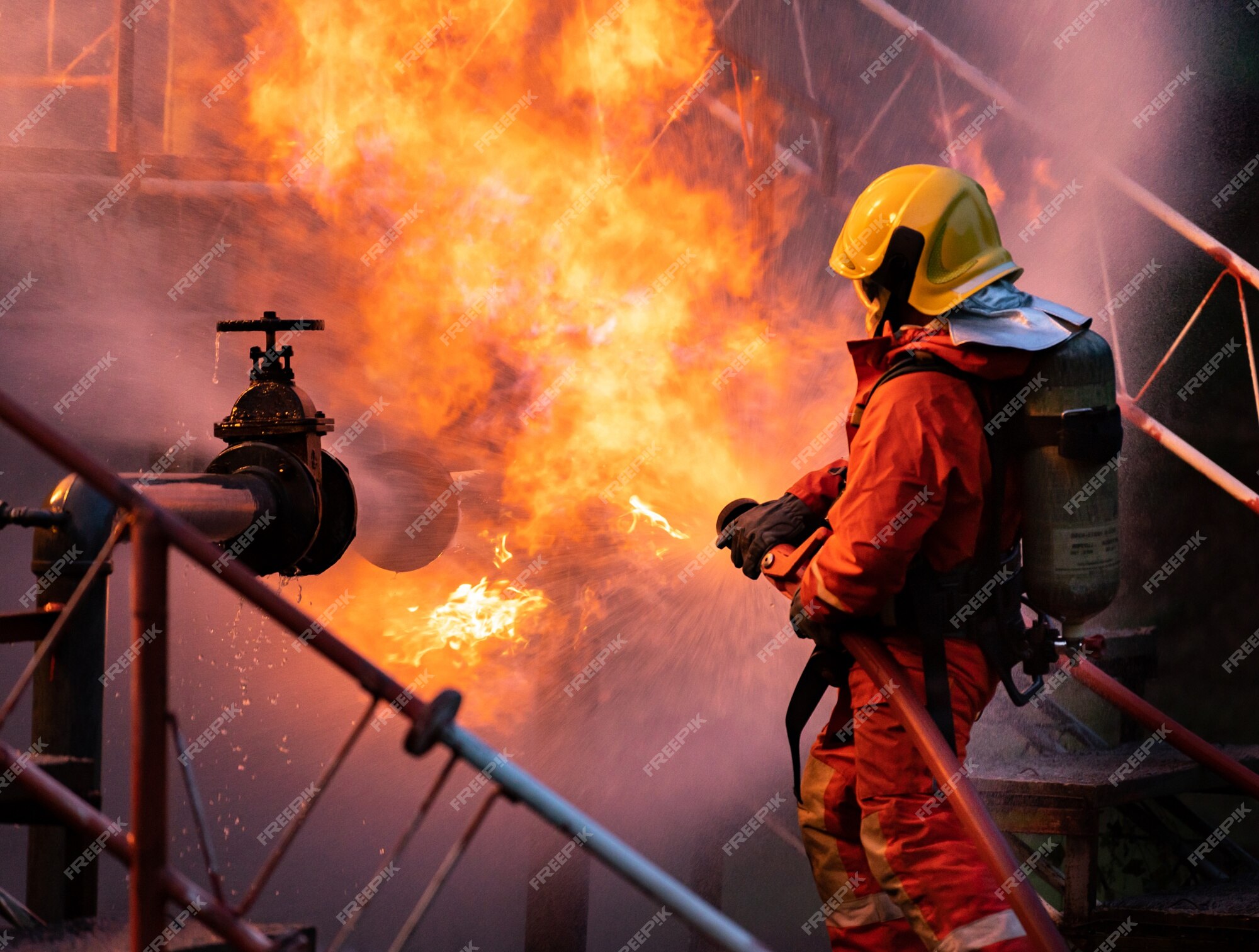
Introduction
In the face of emergency situations involving hazardous materials, firefighters play a critical role in safeguarding lives and property. Dealing with hazardous materials requires specialized skills, knowledge, and equipment to ensure effective response and mitigation. In this article, we will explore the essential skills that firefighters possess to handle hazardous materials incidents and their crucial role in safeguarding communities.
1. Understanding Hazardous Materials
1.1 What are Hazardous Materials?
Hazardous materials, commonly known as HazMat, are substances that pose a risk to human health, property, or the environment due to their chemical, physical, or biological properties. These materials can include toxic chemicals, flammable liquids, radioactive substances, and infectious agents.
1.2 Identifying Hazardous Materials
Firefighters are trained to identify hazardous materials by reading labels, using monitoring equipment, and referring to Material Safety Data Sheets (MSDS). Quick identification is vital to determine the appropriate response strategy.
2. Firefighter Skills and Training
2.1 Specialized HazMat Training
Firefighters undergo rigorous and specialized training to handle hazardous materials incidents safely. This training includes understanding chemical properties, containment procedures, decontamination protocols, and the proper use of personal protective equipment (PPE).
2.2 Risk Assessment
Before approaching a hazardous materials situation, firefighters conduct a thorough risk assessment. They analyze the type of material involved, potential hazards, and the level of risk to responders and the public. Based on this assessment, they develop a response plan.
2.3 Technical Decontamination
Firefighters are equipped with the knowledge and skills to decontaminate themselves and others after exposure to hazardous materials. Proper decontamination is crucial to prevent the spread of contamination and protect everyone involved.
3. Personal Protective Equipment (PPE)
3.1 Importance of PPE
When dealing with hazardous materials, proper PPE is the first line of defense for firefighters. PPE includes protective suits, gloves, boots, and respirators. It creates a barrier between the hazardous material and the firefighter, reducing the risk of exposure.
3.2 Donning and Doffing PPE
Donning and doffing PPE require precise procedures to prevent self-contamination. Firefighters practice these procedures extensively to ensure they are done correctly during emergencies.
4. Hazardous Materials Incident Response
4.1 Establishing Command
During a hazardous materials incident, firefighters establish a command structure to coordinate response efforts effectively. Incident commanders oversee the operation, making critical decisions based on available information.
4.2 Containment and Control
Firefighters work to contain the hazardous material and prevent its spread to unaffected areas. They may use various methods, such as diking, diverting, or neutralizing the material, depending on the situation.
4.3 Evacuation and Sheltering
In severe cases, the evacuation of nearby residents may be necessary to protect their safety. Firefighters organize and execute evacuation plans to ensure the smooth and orderly removal of people from the affected area.
5. Collaborative Response
5.1 Working with Other Agencies
Firefighters often collaborate with other agencies, such as hazmat teams, law enforcement, and environmental agencies, during hazardous materials incidents. Effective communication and cooperation among these entities are crucial for a successful response.
5.2 Public Awareness and Education
Firefighters also engage in public awareness and education programs to inform communities about hazardous materials and safety measures. This proactive approach helps in reducing the risks associated with potential incidents.
Conclusion
Firefighters with specialized hazardous materials response skills play a pivotal role in protecting communities from the dangers posed by hazardous substances. Their comprehensive training, coupled with the proper use of personal protective equipment, enables them to respond to such incidents safely and efficiently.




